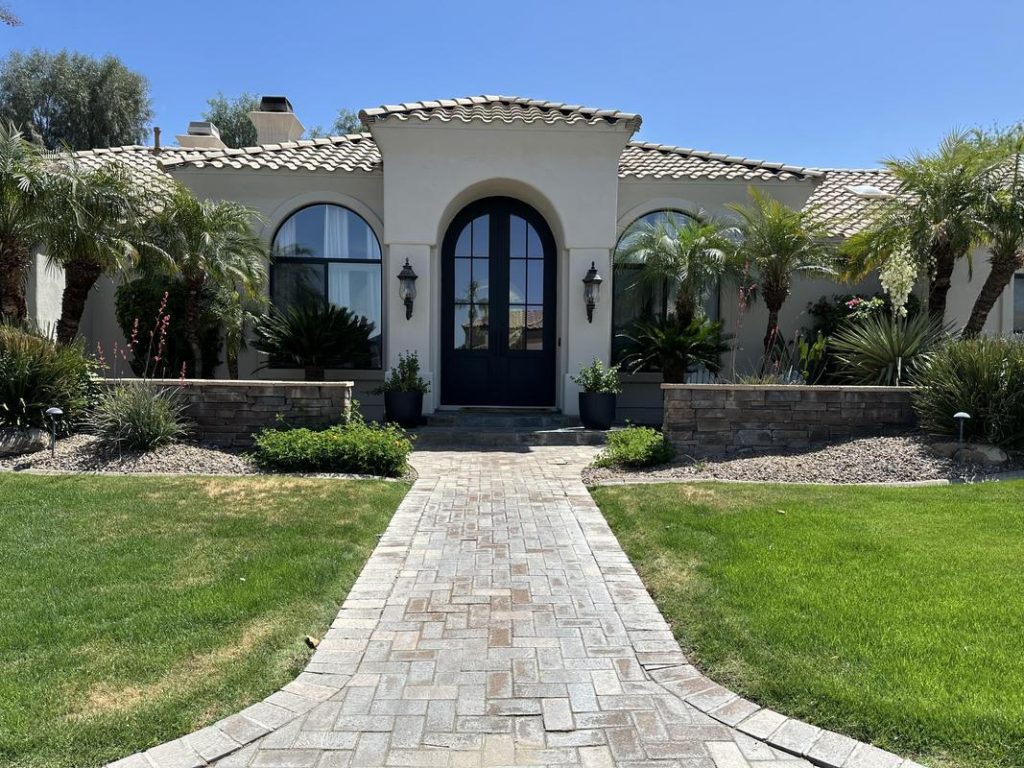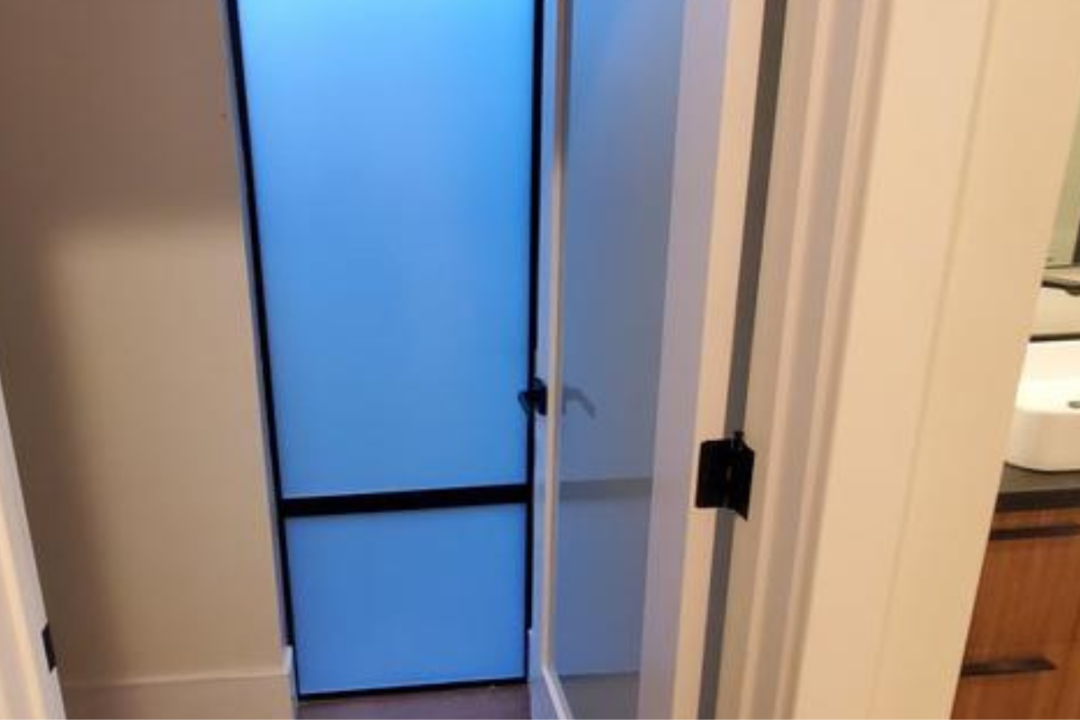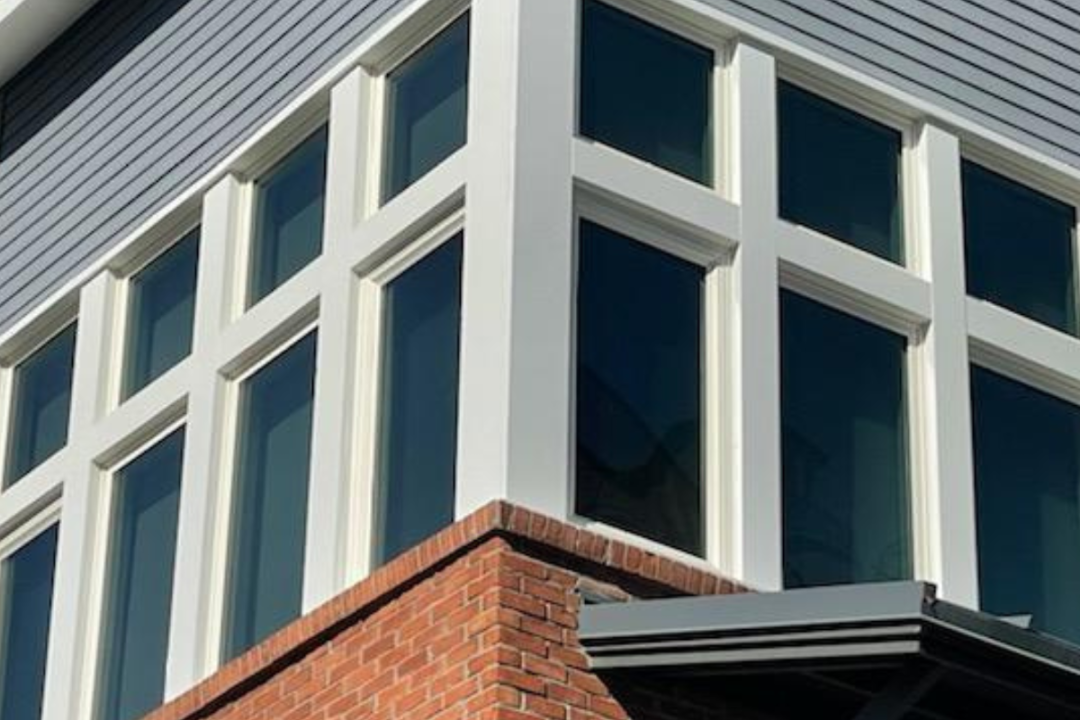When you are looking for a home upgrade that improves comfort, style, and efficiency, residential window film offers lasting value. Home window tinting provides practical benefits that help protect your home, lower costs, and enhance daily living. My name is James Beauford, and I’ve been installing window film for over a decade, and have seen firsthand the benefits that come with a professional window film installation.

Reduce Energy Costs and Improve Comfort
Window film can lower cooling expenses by reducing heat gain through glass. By reflecting or absorbing solar energy, quality window film helps keep indoor spaces cooler in the summer and can reduce cooling costs by up to 50 percent. In colder months, certain films help retain warmth, easing the load on heating systems. This energy efficiency creates a more comfortable home while lowering monthly utility bills.
Protect Interiors from Harmful UV Rays
Sunlight brings natural brightness but can damage furnishings, flooring, and artwork over time. Window film blocks up to 99 percent of harmful ultraviolet rays, which slows fading and discoloration. This protection also benefits your family by reducing exposure to UV rays that can affect skin health, all while allowing natural light to fill the room.
Maintain Privacy While Keeping Natural Light
Privacy matters for many homeowners. Window film allows you to keep views from inside while limiting outside visibility. Options such as mirrored, frosted, or lightly tinted films help you maintain privacy without closing off natural light the way heavy curtains or blinds often do. You can choose a level of opacity that fits each room and your personal style.
Increase Safety and Security
Accidents or severe weather can cause glass to break unexpectedly. Safety and security films hold broken glass together, reducing the chance of injury and making it harder for intruders to gain access. This added layer of protection is valuable for families and anyone living in storm-prone regions or busy neighborhoods.
Add Style and Enhance Curb Appeal
Window film comes in a wide range of shades, patterns, and finishes to complement your home’s architecture. From subtle neutral tints to decorative frosted designs, you can create a polished look that elevates curb appeal. An attractive, well-maintained appearance can also be appealing to future buyers, which adds value if you decide to sell.
Affordable Upgrade with Long-Term Benefits
Installing window film is an economical alternative to replacing windows or purchasing new HVAC equipment. Professional installation is quick and nonintrusive, and the upfront cost is significantly lower than many other home improvements. Because window film delivers immediate energy savings and protects your interiors, it often pays for itself in a few years through reduced utility bills and lower maintenance costs for furniture and flooring.
Options to Fit Every Home
Window films are available to meet many different needs and budgets. Solar control films reduce heat and glare. Dual-reflective films block heat while maintaining night views. Ceramic and specialty films offer advanced UV protection without affecting electronic signals. Decorative films provide privacy and design accents. A professional installer can help match each room with the best option for performance and appearance.
Window film offers more than an attractive finish for your windows. It lowers energy costs, protects interiors from UV damage, improves privacy, and adds safety and style. With versatile options and a quick installation process, window film is a practical and cost-effective investment that brings comfort and savings year after year.


